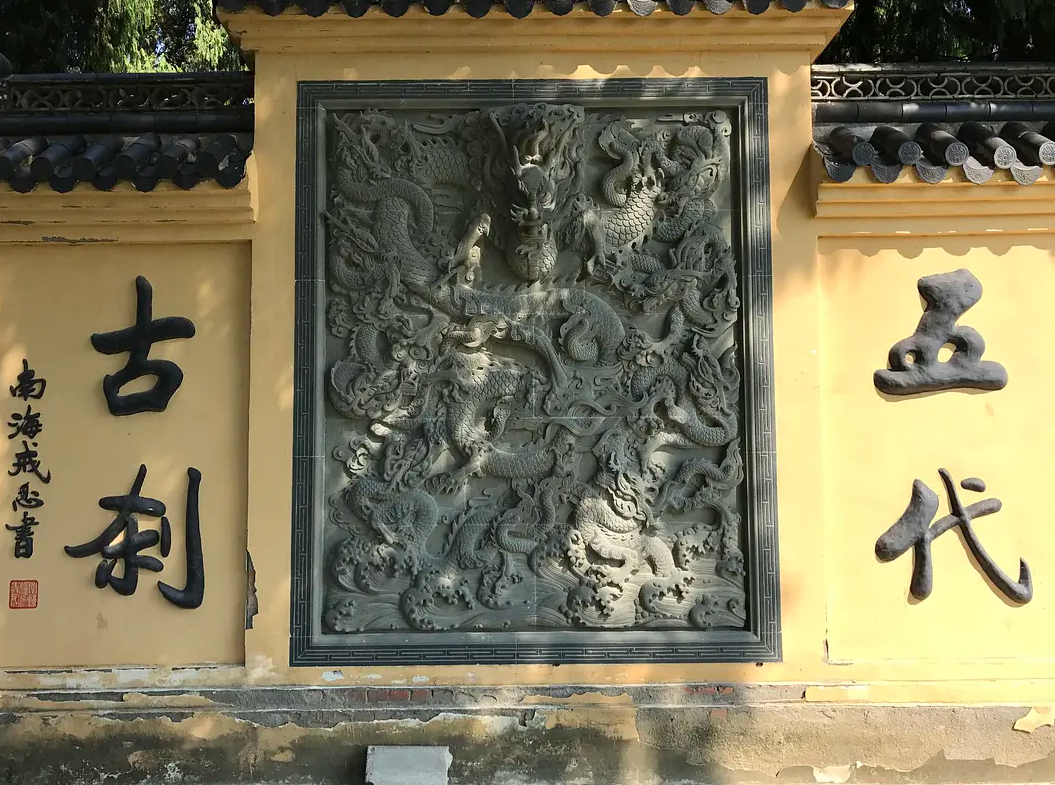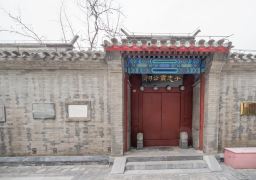Zhimen Temple, originally named Bao’an Courtyard, was constructed in the fourth year of the Later Zhou Dynasty, 957 AD. The choice to rename it ‘Zhimen’ carries new significance. ‘Wisdom’ is a term frequently employed in Confucian thought and is the liberal translation of the Sanskrit term ‘prajna’. In this context, ‘Zhimen’ translates to the gate of wisdom, indicating that the temple’s overseer was well-versed in both Confucianism and Buddhism, suggesting a high level of cultivation. This expertise allowed him to find kindred spirits among the literati and scholars of the time who were also well-versed in Confucianism, Buddhism, and Taoism.

Since its establishment, Zhimen Temple has been known for its ‘successive transmissions among Buddhist monks and extensive Buddhist buildings’. It has also demonstrated strong economic strength, as documented in the Records of Siming from the Baoxing Period, which noted that the temple possessed ‘674 mu of permanent cultivated land and 2244 mu of mountains’. This gives us a glimpse into the grandeur of the temple. Furthermore, Zhimen Temple eventually came to house a stele of ‘Ode to the Red Cliff’. According to Yu Yizheng’s Records of Gold and Stone in the World, the stele was inscribed by Huang Tingjian, and it contains Su Wenzhong’s (Su Dongpo) ‘Ode to the Red Cliff Before and After’, confirming it as a Song Dynasty stele in Xiangshan. Interestingly, this detail was omitted in the old records of Xiangshan.









